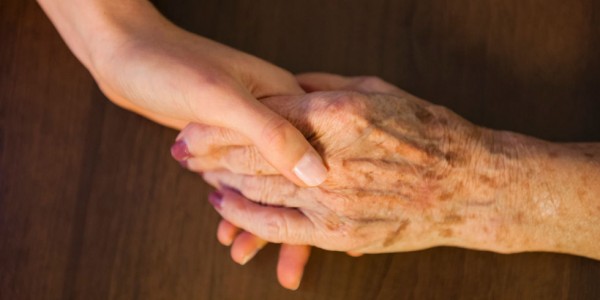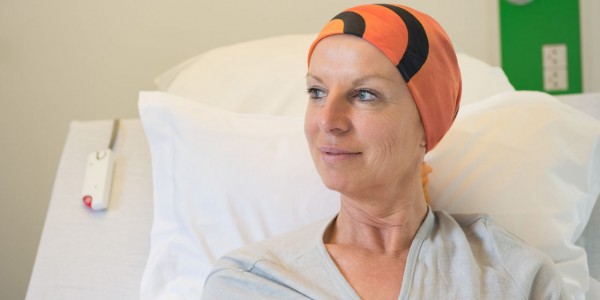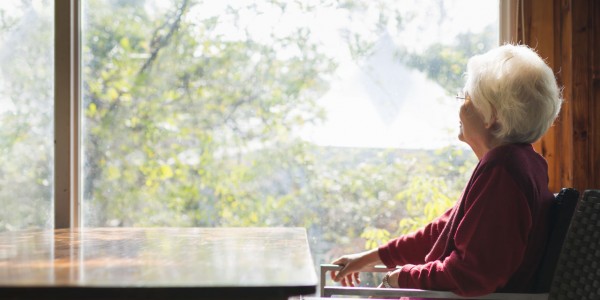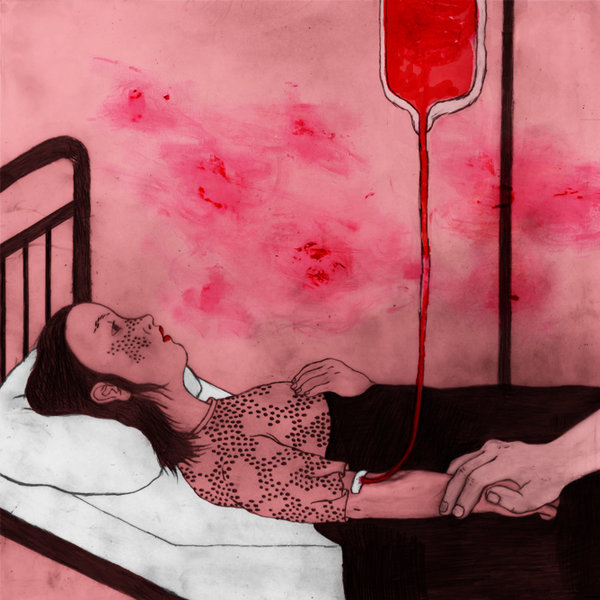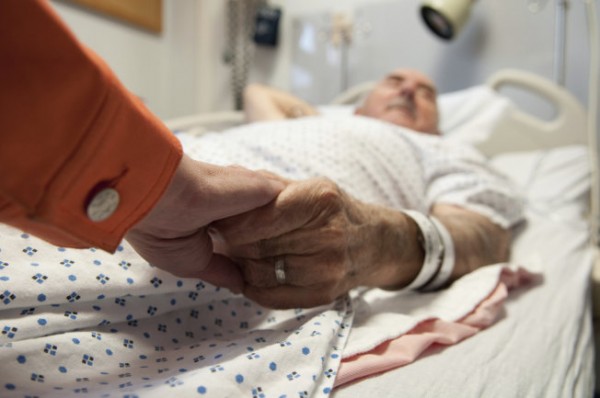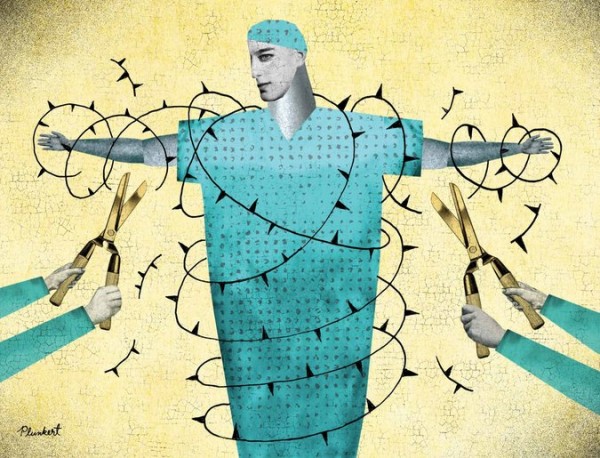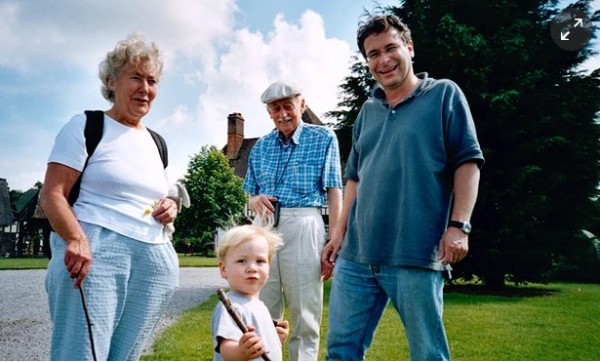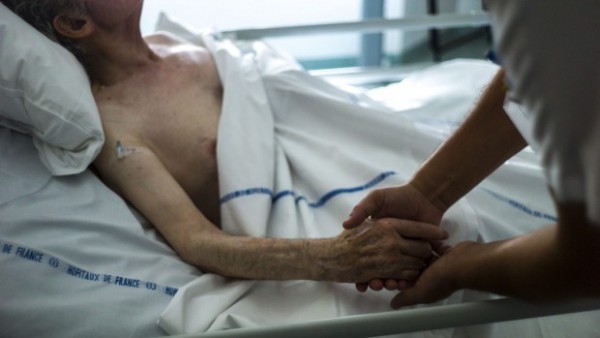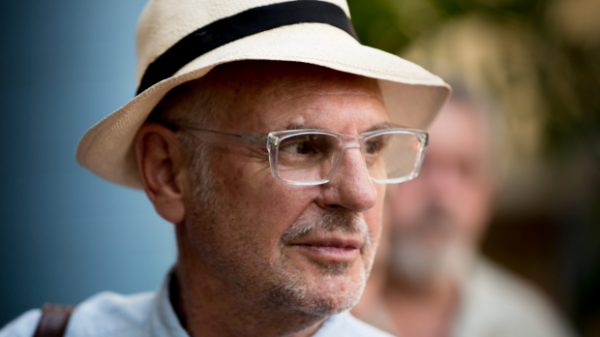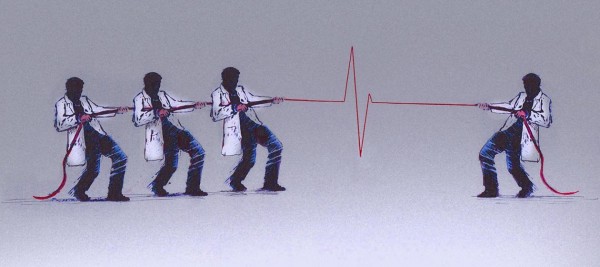End-of-life doula Anna Lyons on why we need to rethink our attitudes to death
By Anna Lyons
I’ve been with the dying many times, both in a personal capacity and as a health care professional. As an end-of-life doula my work is centred around supporting people and their families at end of life. My experiences have led me to agree wholeheartedly with the BMA in its recent report: hospitals are not the best place to die.
An overwhelming majority of us want to die at home, yet statistics show the reality is that 54% of us will die in hospital. But in my opinion, hospices are for the dying. Home is for the dying. Hospitals are not. The raison d’etre of end of life care is to help people experience a ‘good death’. We will remember how someone we love dies forever. The impact of a bad death is far-reaching. Candy Chang, creator of the ‘Before I Die‘ wall, a global art project that invites people to reflect on their lives and share their personal aspirations on a public wall, describes the fallout as creating ‘circles of mayhem’ for generations.
What is a good death?
Every person will have a different idea about what would constitute a good death for themselves or their family. Much of the debate over end-of-life care comes down to two questions:
- Is a good death one where the medical team did everything to save a life?
- Is this still true if there is little chance or no of a happy outcome?
Culturally, we have always seen a good death as one we have ‘fought’ against. It may be time to consider otherwise. Many treatments are aggressive and futile, robbing the last remaining quality of life a patient has.
Perhaps a good death is the accepted one. One where the dying person is in control, can be at home, can have their pain and symptoms managed. End of life care must be entirely individualised and person-centred, only then can we begin to offer the excellent end of life care that everyone deserves.
The refusal of a medical team to end active treatment to the detriment of the patient was exemplified in the death of a very close friend of mine. They threw everything they had at giving him longer than his twenty-something years. They didn’t give up ‘actively’ treating him until the end. He died clinging to the belief that he was going to live. That last precious year of his life was a tragic mess of chemotherapy, life-prolonging operations and colourless hospital wards. The treatment had destroyed the very essence of who he was, long before his heart played out its final beats.
I believe if we discussed end of life issues regularly, we wouldn’t find them so tricky to broach. Issues about death and dying should be taught in schools as part of the PSHE syllabus from primary and onwards. During Year 13 tutor time when we teach young adults to fill in job application forms, we should also be filling in advance directives with them.
Issues with control at the end
In a study by the Economist Intelligence Unit, the UK was crowned the best in the world for provision of end-of-life care. The author of the report, however, said that there is room for improvement, especially in symptom control and communication. Could this improvement be guided not by government policy or hospital administration, but by changing the way we look at death?
The recent BMA report concluded that some doctors continue to treat the dying when active treatment is no longer of any benefit. One reason it suggested was because of pressure from the patient and their loved ones. This is understandable – it is often too difficult to let go of the ones we love. The report also stated it is because if doctors acknowledge there’s nothing more that can be done, that they’re admitting defeat.
I knew a woman worked with the dying so when she was dying, although she knew there was nothing that could be done, she didn’t want to die. She wasn’t ready: she had a life to lead, a world to see and children to watch grow and guide. She was looked after by the same medical team she had worked alongside for many years. They couldn’t let her die either. If they let her die, they would have failed one of their own. They had to try, even though they knew it was futile. They couldn’t give up, even though they knew the treatment she would most likely shorten her life, not extend it. Her original prognosis with palliative care had given her up to a year. She died two weeks into aggressive treatment, four weeks after her initial diagnosis.
We should not see the death of a dying patient as a failure. Death is not the loss of a battle. Death is a natural part of life. If we could see it that way, we might be able to approach it differently. Our goal should be helping someone live as good a life as possible right up until the very end. No one will ever experience a “good death” if our focus is active treatment at all costs.
The report set out that treatment at end-of-life should be ‘appropriate and proportionate’. Dying with care, deference and dignity, and on our own terms is the very least we should be able to offer. A lady I worked with lived an incredibly full life: alone and happy. She went dancing and played snooker. She cooked everything from scratch everyday. Her breathlessness became untenable and she finally went to the doctor. She had cancer, which was slow to progress even though she chose a palliative care pathway. She accepted her life-limiting prognosis with the wisdom of one who knew herself well and contemplated mortality more often than many. She died in a hospice, surrounded by her family. Hers was a peaceful death. Peaceful and on her own terms.
One aspect of the report that I feel most strongly about is that doctors should be receiving training and CPD on communication and how best to have difficult conversations. One junior doctor who was interviewed for the report said: “I found it very difficult to talk to patients about dying, prior to working in a hospice, because…as a junior doctor we’re not taught very much…”
A shift in thinking
We all have to take responsibility for communication and the decisions we make. It’s terribly difficult when we’re unwell and vulnerable to hear these truths. If we’ve never considered end-of-life until our own life’s end it’s no wonder we find it so hard. If we discussed these issues regularly we wouldn’t find them so hard. We need to break down the ingrained cultural barriers that prevent us from talking about death and dying
Let’s all take on that responsibility. Let’s talk about it: openly and without fear. It’s too much to have that conversation for the first time when we are facing death. It’s much easier to talk about it while we’re living a healthy life.
We need to ask ourselves what is a good death for us.
Why do we value quantity over quality of time? Why do we cling so dearly to the notion that a life well lived is the longest? Sometimes doing nothing is the most courageous path. Sometimes accepting there’s nothing left that can be done is the bravest choice. Some may describe such a decision as “giving up”. Pursuing treatment until the very end, on the other hand, is lauded as “being a fighter”.
Do these words,”battle” and “fight”, compound medical teams’ feelings of failure when an unavoidable and imminent death is in front of them? Changing our language may help us to change the way we think. Illness and death are a part of life. Loss is not a failure: not ours, and not our doctors’. Perhaps redesigning our expectations and language at end of life could begin with Paul Kalanithi’s beautiful words:“The physician’s duty is not to stave off death or return patients to their old lives, but to take into our arms a patient and family whose lives have disintegrated and work until they can stand back up and face, and make sense of, their own existence.” If they did, I believe death and dying could be a richer and better experience for everyone involved.
Complete Article HERE!

